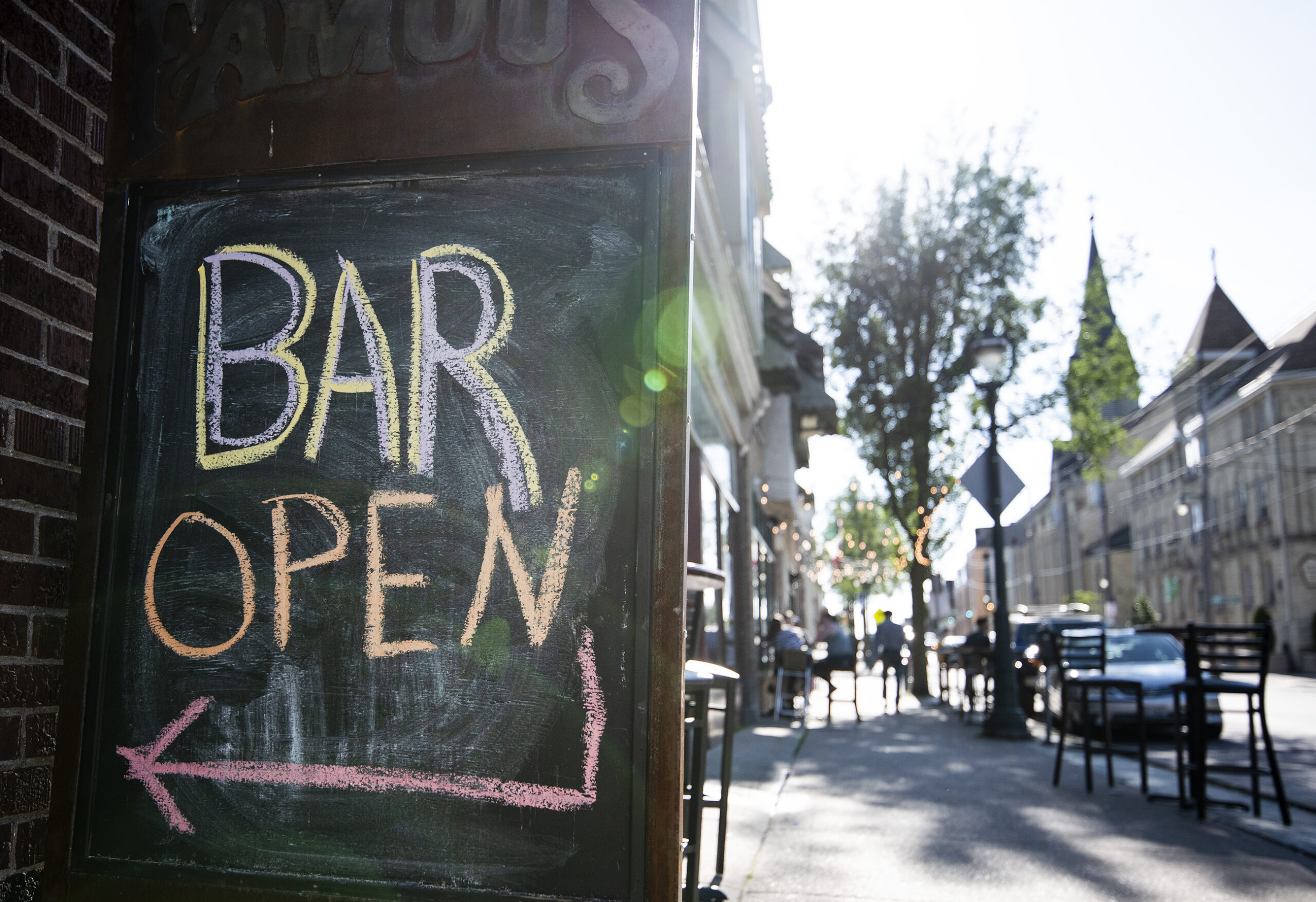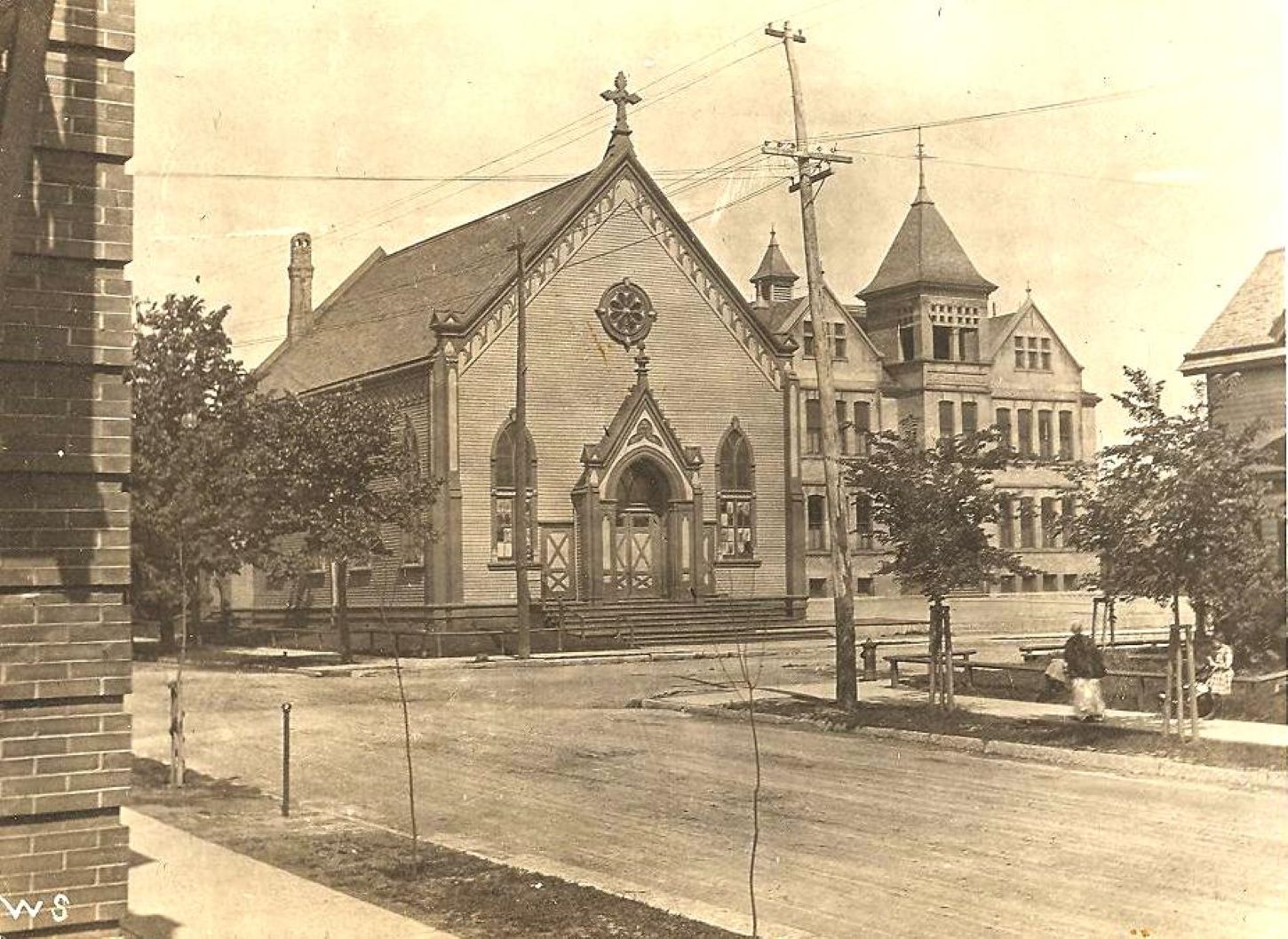A documentary airing at the Milwaukee Film Festival aims to tell the story of Brady Street — a district in Milwaukee famous for its food and nightlife, built upon around 150 years of immigration and change.
“Brady Street: Portrait of a Neighborhood” is a film produced by doc|UWM, the documentary program at the University of Wisconsin-Milwaukee’s School of the Arts.
Over the course of several years, roughly 80 students in the film program interviewed local historians, business owners and longtime residents to document the history of the neighborhood, dating back to the 1860s.
News with a little more humanity
WPR’s “Wisconsin Today” newsletter keeps you connected to the state you love without feeling overwhelmed. No paywall. No agenda. No corporate filter.
Sean Kafer is the program director for doc|UWM and the director of the film. He told WPR’s “Wisconsin Today” that the residents they spoke with said Brady Street is a special place to them.
“Because it’s so condensed and there’s so much variety of things to do in this neighborhood, people just know each other,” Kafer said. “There’s that warmth and community that you just really feel.”
Kafer told “Wisconsin Today” about some of the history of the area and some of what makes these nine city blocks so special.
The following was edited for clarity and brevity.

Rob Ferrett: You focus on various immigrant communities at different points in Milwaukee history, one of them Polish immigrants. Early Polish immigrants in the Brady Street area built a church in 1871 named the St. Hedwig Church. What can you say about the early Polish era in the Brady Street area?
Sean Kafer: At that time, Polish immigrants in the city [were] the cheap labor for a lot of factories. So when the tanneries came in, it was a lot of the Polish immigrants that moved into this area, which is really a wetland. It’s a swamp land [then].
They bring these different structures from different parts of the city and rebuild them. They put them on stilts. You’ll learn a little bit about the famous Polish Flat.
But I think my favorite story of it all is when they built St. Hedwig’s. For the Polish community, there was a division: those that wanted their children to learn English and assimilate into American culture, and the other part that wanted them to keep their Polish roots and speak Polish in the church.
There’s a divide, and it turns into a bloody divide. We have a story about it told by [historian] Frank Alioto, and it’s quite fascinating. It gives me the chills every time I hear it.

RF: Another group you focus on is Italian immigrants in Milwaukee. You spoke with some people who were there in some of the big heydays there in the 1940s and ’50s. What are some of the stories you’d heard from people who came maybe straight from Sicily and didn’t know what they’re getting into in Wisconsin?
SK: We were very lucky to find some individuals from that community. You could still hear that rich Sicilian accent or Italian accent that they have. There was one that even told us her story about being a child bride.
[There were] all of these Italian markets over there. That’s one of the things that still remains in the neighborhood. You still have Zaffiro’s Pizza, which is one of my favorites, and [Peter] Sciortino Bakery. Of course there’s Glorioso’s Italian Market, which people from all over the state come to. So it’s still rich there. It’s still vibrant. They had their own church too, St. Rita Church over on the southern part of the neighborhood.
RF: This has been a long-running project in the making for you and your students. What do you hope the dozens of students who worked on the production took away from the making of this documentary?
SK: I think they learned a lot about the sense of community [on Brady Street], themselves. We just held a celebration for the documentary and a number of the students came over. They were being greeted by some of the store owners or residents of the neighborhood that they’d done interviews with, and they remembered them.
Seeing the smiles on the students’ faces, and also the residents’ faces, I think that they feel part of that neighborhood now, too. We had such a warm reception of us being there. I think we have to give props to the students, too, because they were very respectful about how they went around, traversing this neighborhood and finding these stories. And I think the neighborhood was reciprocal and really gave them a lot of love.






